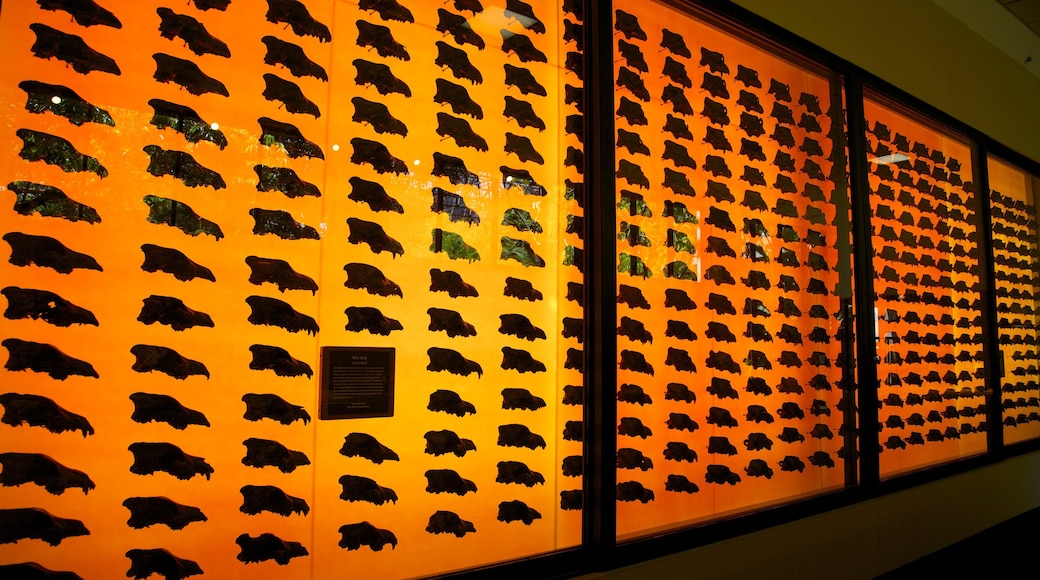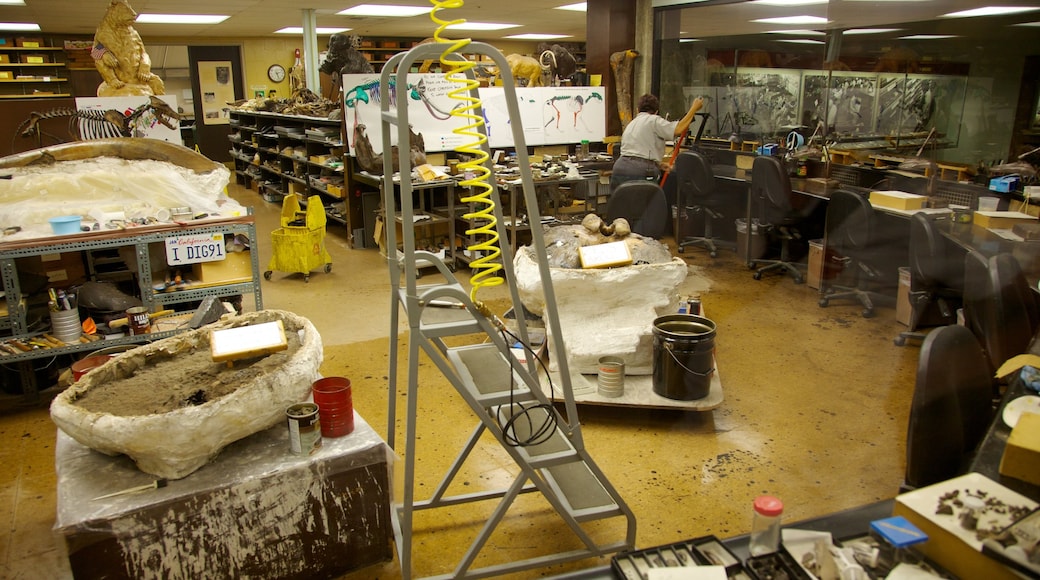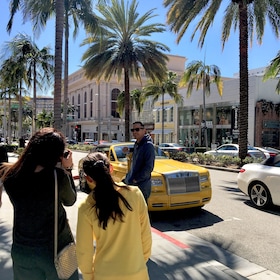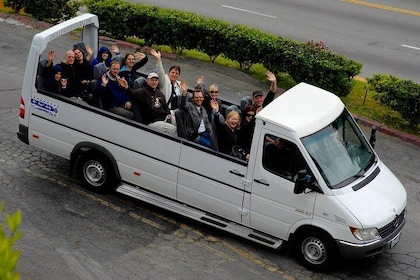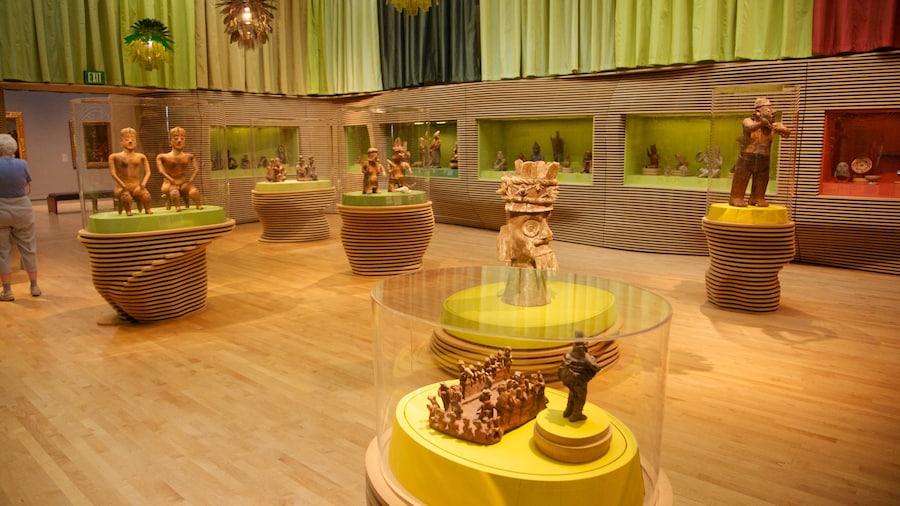The bones of prehistoric Los Angeles wildlife have been preserved for posterity in this unusual natural phenomenon.
Long before the film industry colonised the valley, the big cats of LA were of the feline variety. Sabre-toothed cats shared this remote terrain with mammoths and mastodons during the Ice Age eleven centuries ago. Thanks to the unique natural properties of the area now known as Hancock Park on the Miracle Mile, the bones of these long-extinct species have been preserved in the network of tar pits that run through the park.The bubbling, thick tar in the pits provides an ideal medium to protect bones, teeth, insect shells and plant seeds from deterioration. The original animals, birds and insects would have become trapped in the glutinous substance, but their sticky end ensured that they remained intact for posterity. The pits are fenced off to the public for safety reasons, but they can be inspected at close quarters from the viewing stations dotted around the area.The first scientific excavations of the pits took place over a century ago. Since then, many bones and other ephemera have been unearthed and are now displayed in the Page Museum, providing a unique resource for studying the indigenous wildlife of California during the Pleistocene period and Ice Age. Over a million fossils from 650 species make up the museum’s collection, which also boasts complete skeletons of extinct species such as mammoths and sabre-tooth cats as well as sloths and wolves, all rescued from the tar pits.Visitors can watch the ongoing excavation work in the Fishbowl Lab, where skilled palaeontologists piece together their finds and chronicle them in the museum’s archive.The La Brea Tar Pits are located on Wilshire Boulevard, around 11 kilometres west of central Los Angeles. The museum is open every day except major holidays. Pay parking is available behind the museum on the corner of Sixth Street and Curson Avenue.

